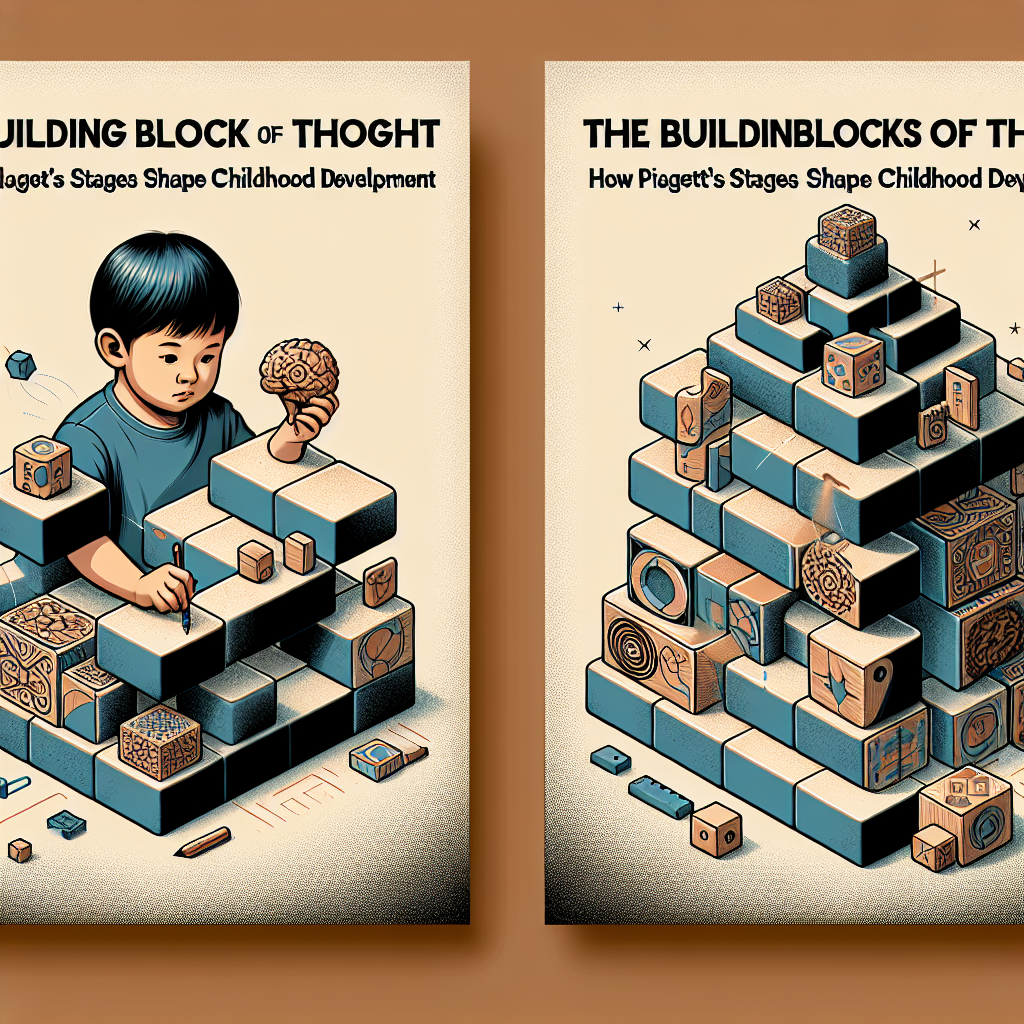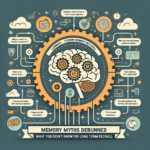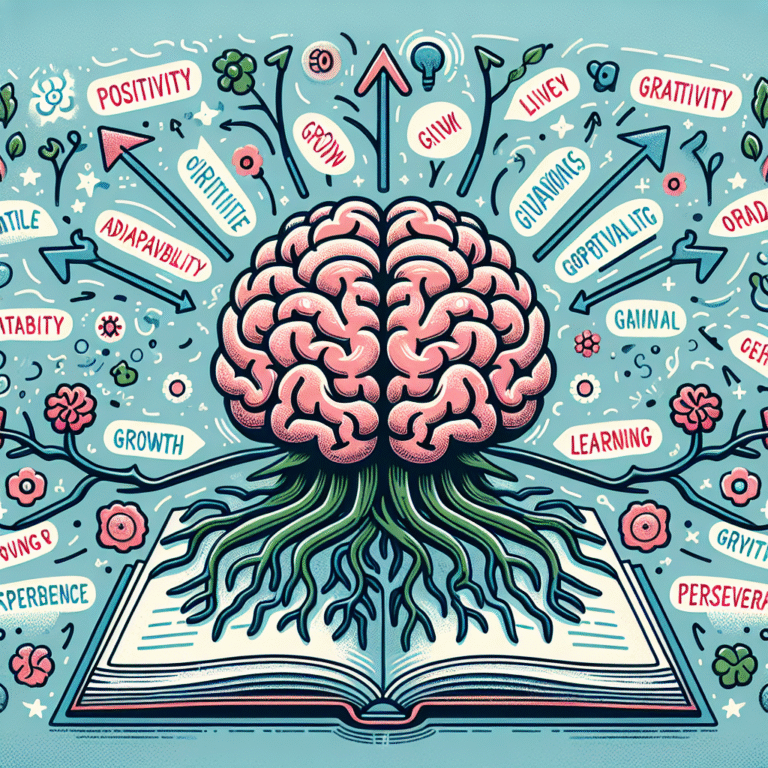
Introduction
Imagine a world where the intricate processes of the human mind are as tangible as building blocks in a child’s playroom. Each block, each stage of development, contributes to the towering structure of understanding, learning, and personal growth. In the realm of childhood education and psychological development, few theories are as pivotal as Jean Piaget’s stages of cognitive development. This fascinating framework not only deciphers the complex nature of a child’s intellectual growth but also provides invaluable insights into how educators and parents can better support young minds. In this article, we will explore "The Building Blocks of Thought: How Piaget’s Stages Shape Childhood Learning," revealing transformative insights about cognitive development that are essential for anyone involved in nurturing a child’s potential.
Understanding Piaget’s Theories
The Man Behind the Theory
Jean Piaget, a Swiss psychologist, dedicated his scholarly life to understanding how children think, learn, and develop. He posited that cognitive development occurs in four distinct stages:
- Sensorimotor Stage (0-2 years)
- Preoperational Stage (2-7 years)
- Concrete Operational Stage (7-11 years)
- Formal Operational Stage (11 years and up)
Each stage reflects a new level of cognitive advancement and understanding, laying the foundation for subsequent concepts and skills.
The Importance of Stages in Learning
Piaget argued that children are not merely smaller versions of adults but rather that they think in fundamentally different ways at different ages. Understanding these stages is vital for parents, educators, and policymakers who aim to shape effective learning environments that respect these natural cognitive shifts.
The Stages of Cognitive Development
1. The Sensorimotor Stage
This stage encompasses the earliest years of life, where learning occurs primarily through sensory experiences and physical interactions with the world.
Key Characteristics:
- Object Permanence: Understanding that objects continue to exist even when they cannot be seen.
- Goal-Oriented Actions: Beginning to engage in intentional actions, such as reaching for a toy.
Real-World Application:
Many educators use sensory-based activities, such as tactile play and exploration baskets, to foster engagement and learning during this stage.
| Activity | Objective |
|---|---|
| Sensory bins | Develop fine motor skills |
| Peek-a-boo | Promote understanding of object permanence |
2. The Preoperational Stage
During the preoperational stage, children become more engaged in symbolic play and begin to use language to express their thoughts.
Key Characteristics:
- Egocentrism: Difficulty in seeing situations from perspectives other than their own.
- Magical Thinking: Believing that their thoughts can influence reality.
Case Study: The “Three Mountains Task”
A classic experiment by Piaget involved asking children to describe a mountain landscape from different viewpoints. Younger children often failed as they couldn’t detach their own perspective—a demonstration of egocentrism.
Implication: Understanding this limitation helps educators frame lessons that gradually introduce other perspectives, fostering empathy and collaboration.
3. The Concrete Operational Stage
This phase is marked by the development of logical reasoning concerning tangible objects. Children can now mentally manipulate information but may still struggle with abstract or hypothetical concepts.
Key Characteristics:
- Conservation: Understanding that quantity doesn’t change even when its shape does.
- Classification: Ability to group objects based on shared characteristics.
Real-World Application:
Teachers can harness this understanding through hands-on activities, such as grouping various objects based on color or size, which not only enhances classification skills but also builds a foundation for more complex concepts later on.
| Activity | Objective |
|---|---|
| Sorting games | Enhance classification abilities |
| Conservation tasks | Teach the principle of conservation |
4. The Formal Operational Stage
Finally, children enter the formal operational stage, where they can think abstractly and logically about hypotheticals.
Key Characteristics:
- Abstract Thinking: The ability to comprehend concepts that are not physically present.
- Hypothetical-Deductive Reasoning: Formulating hypotheses and deducing consequences.
Case Study: Advanced Math Problem Solving
In a classroom, students were given complex problems requiring abstract reasoning, such as algebra. Those who had reached this stage excelled, illustrating the importance of this cognitive development for academic success.
Implication: Early introduction to abstract concepts should be carefully scaffolded to ensure that learners are adequately prepared to tackle challenging material.
The Role of Environment in Development
Nurturing Through Experience
Understanding "The Building Blocks of Thought: How Piaget’s Stages Shape Childhood Learning" implies recognizing that external influences significantly shape cognitive development. The environment plays a crucial role, whether through rich educational settings, supportive parental interactions, or socioeconomic factors.
- Quality of Play: Engaging in diverse play experiences enhances cognitive growth.
- Social Interactions: Collaboration with peers allows children to test ideas and refine their understanding.
The Impact of Technology
While technology can offer substantial learning opportunities, especially in science and mathematics, educators must ensure that these tools align with developmental stages. Excessive screen time during critical periods can hinder natural cognitive developments inherent to Piaget’s framework.
Case Study: The Preschool Project
A preschool focused on integrating technology appropriately, balancing screen time with hands-on learning, saw remarkable improvements in children’s engagement and cognitive skills. The initiative’s effectiveness reinforces Piaget’s emphasis on learning through interaction and discovery, extending beyond mere information acquisition.
How Parents and Educators Can Support Development
Embrace Each Stage
Understanding Piaget’s stages allows educators and parents to tailor their approach to a child’s developmental level. Here are practical tips based on each stage:
| Stage | Supporting Activity | Objective |
|---|---|---|
| Sensorimotor | Sensory activities with varied textures | Enhance sensory exploration |
| Preoperational | Role-play and storytelling | Foster imaginative thinking |
| Concrete Operational | Group-based problem-solving tasks | Develop logic and reasoning skills |
| Formal Operational | Debates or hypothetical scenarios | Promote abstract reasoning and critical thinking |
Create a Stimulating Environment
Develop environments filled with diverse learning materials—books, games, and creative resources—that encourage exploration and inquiry.
Encourage Discussions
Foster open dialogue about feelings, thoughts, and perspectives, especially during the preoperational stage. This encourages empathy and social skills, key components of cognitive development.
Conclusion
Understanding "The Building Blocks of Thought: How Piaget’s Stages Shape Childhood Learning" is not merely an academic exercise; it’s a vital principle for enriching children’s educational experiences and nurturing their potential. By embracing Piaget’s insights, we can create supportive, informed environments that foster children’s natural cognitive development.
In our journey to raise aware, capable adults, let us remember that knowledge is built progressively, piece by piece, building a strong, intricate structure of understanding that will serve children for a lifetime.
FAQs
1. What are the key stages of Piaget’s cognitive development?
Piaget identified four stages: Sensorimotor, Preoperational, Concrete Operational, and Formal Operational.
2. How can parents support their child’s cognitive development at home?
Parents can engage their children through play, read together, ask open-ended questions, and encourage exploration of various learning materials.
3. At what age do children begin formal operational thinking?
Typically, children enter the formal operational stage around 11 years old, allowing them to think abstractly and engage in hypothetical reasoning.
4. How can educators effectively implement Piaget’s theories in the classroom?
Educators can modify their teaching methods and lesson plans to align with students’ developmental stages, providing age-appropriate strategies that enhance learning experiences.
5. Does Piaget’s theory apply to children with learning disabilities?
While Piaget’s stages provide a general framework for cognitive development, individual differences should always be considered. Adaptations may be necessary for children with learning disabilities to meet their unique learning needs.
By understanding "The Building Blocks of Thought: How Piaget’s Stages Shape Childhood Learning," we empower ourselves and future generations, ensuring a more informed, empathetic, and capable society. Let the journey of learning never cease, for it is in the building of knowledge that we reach our fullest potential.

















